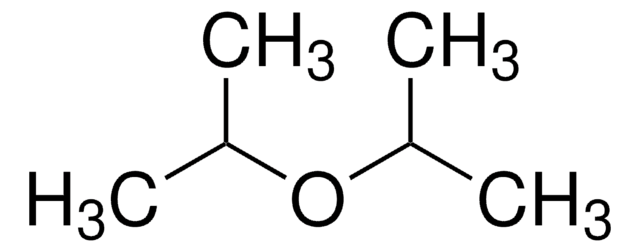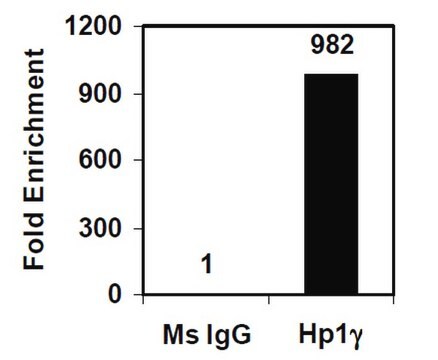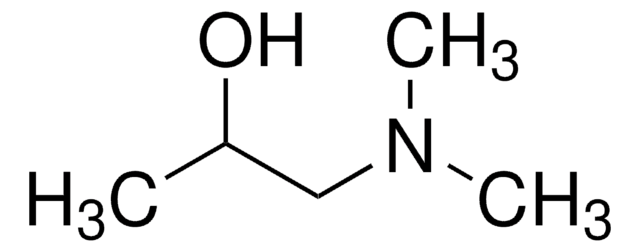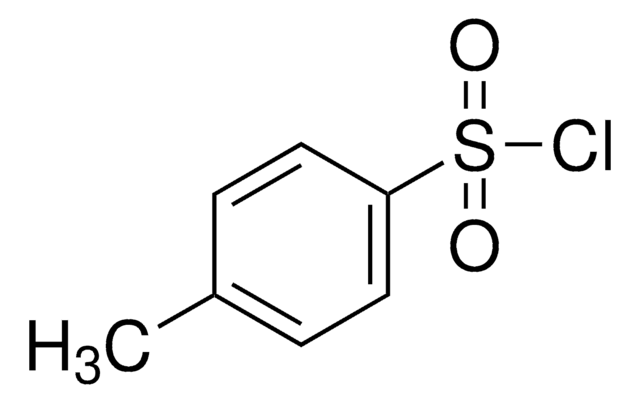185302
Diisopropyl ether
ReagentPlus®, 99%, contains either BHT or hydroquinone as stabilizer
Sinonimo/i:
Isopropyl ether
About This Item
Prodotti consigliati
Densità del vapore
3.5 (vs air)
Livello qualitativo
Tensione di vapore
120 mmHg ( 20 °C)
Nome Commerciale
ReagentPlus®
Saggio
99%
Forma fisica
liquid
Temp. autoaccensione
827 °F
Limite di esplosione
1-21 %, 100 °F
Indice di rifrazione
n20/D 1.367 (lit.)
P. eboll.
68-69 °C (lit.)
Punto di fusione
−85 °C (lit.)
Densità
0.725 g/mL at 25 °C (lit.)
Stringa SMILE
CC(C)OC(C)C
InChI
1S/C6H14O/c1-5(2)7-6(3)4/h5-6H,1-4H3
ZAFNJMIOTHYJRJ-UHFFFAOYSA-N
Cerchi prodotti simili? Visita Guida al confronto tra prodotti
Categorie correlate
Descrizione generale
Applicazioni
Note legali
Avvertenze
Danger
Indicazioni di pericolo
Consigli di prudenza
Classi di pericolo
Flam. Liq. 2 - STOT SE 3
Organi bersaglio
Central nervous system
Rischi supp
Codice della classe di stoccaggio
3 - Flammable liquids
Classe di pericolosità dell'acqua (WGK)
WGK 1
Punto d’infiammabilità (°F)
-20.2 °F - closed cup
Punto d’infiammabilità (°C)
-29 °C - closed cup
Certificati d'analisi (COA)
Cerca il Certificati d'analisi (COA) digitando il numero di lotto/batch corrispondente. I numeri di lotto o di batch sono stampati sull'etichetta dei prodotti dopo la parola ‘Lotto’ o ‘Batch’.
Possiedi già questo prodotto?
I documenti relativi ai prodotti acquistati recentemente sono disponibili nell’Archivio dei documenti.
I clienti hanno visto anche
Il team dei nostri ricercatori vanta grande esperienza in tutte le aree della ricerca quali Life Science, scienza dei materiali, sintesi chimica, cromatografia, discipline analitiche, ecc..
Contatta l'Assistenza Tecnica.












